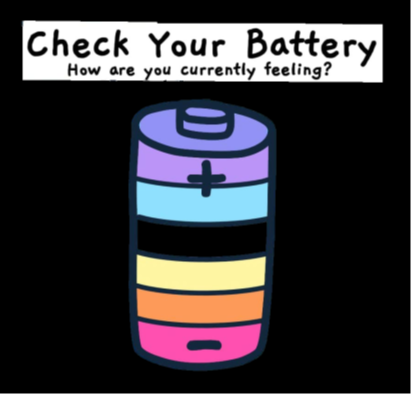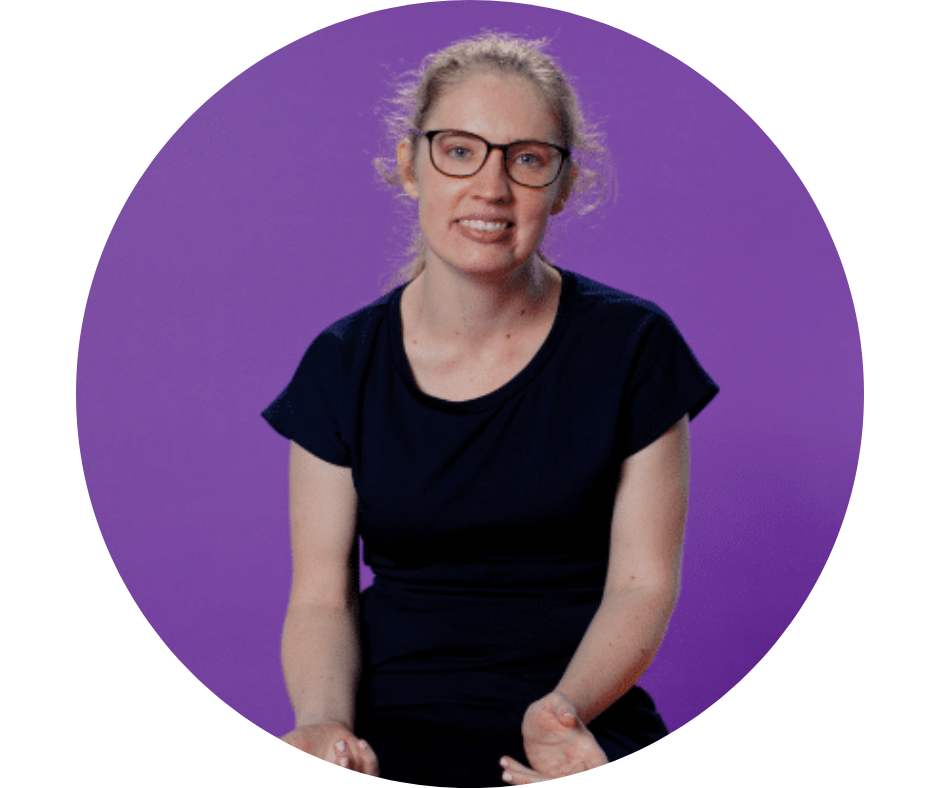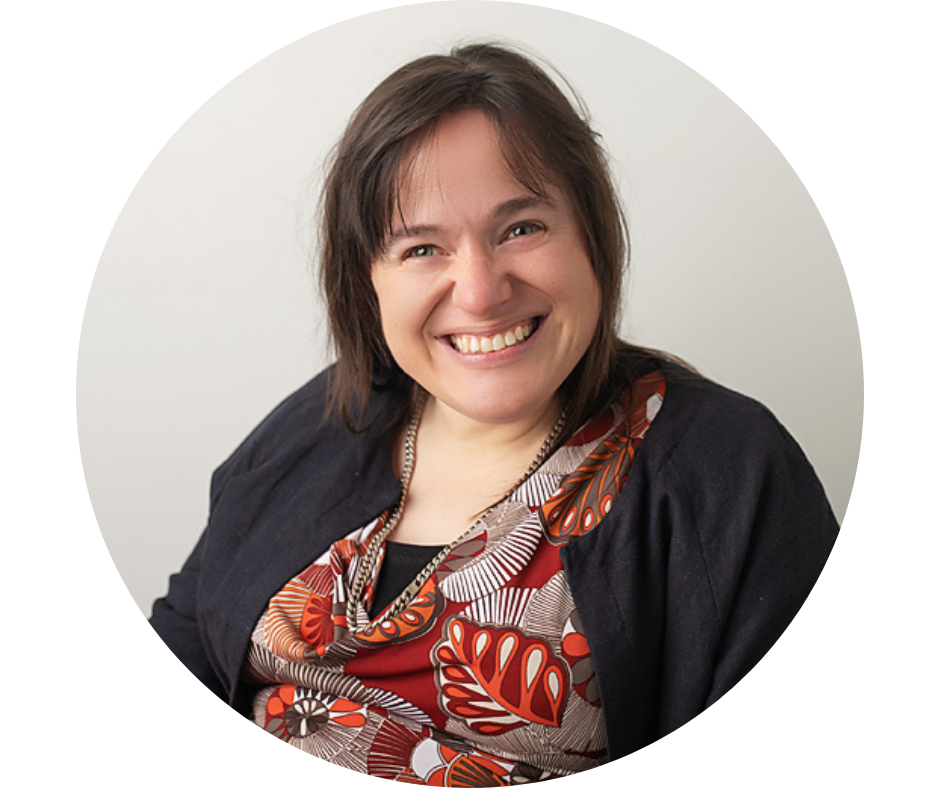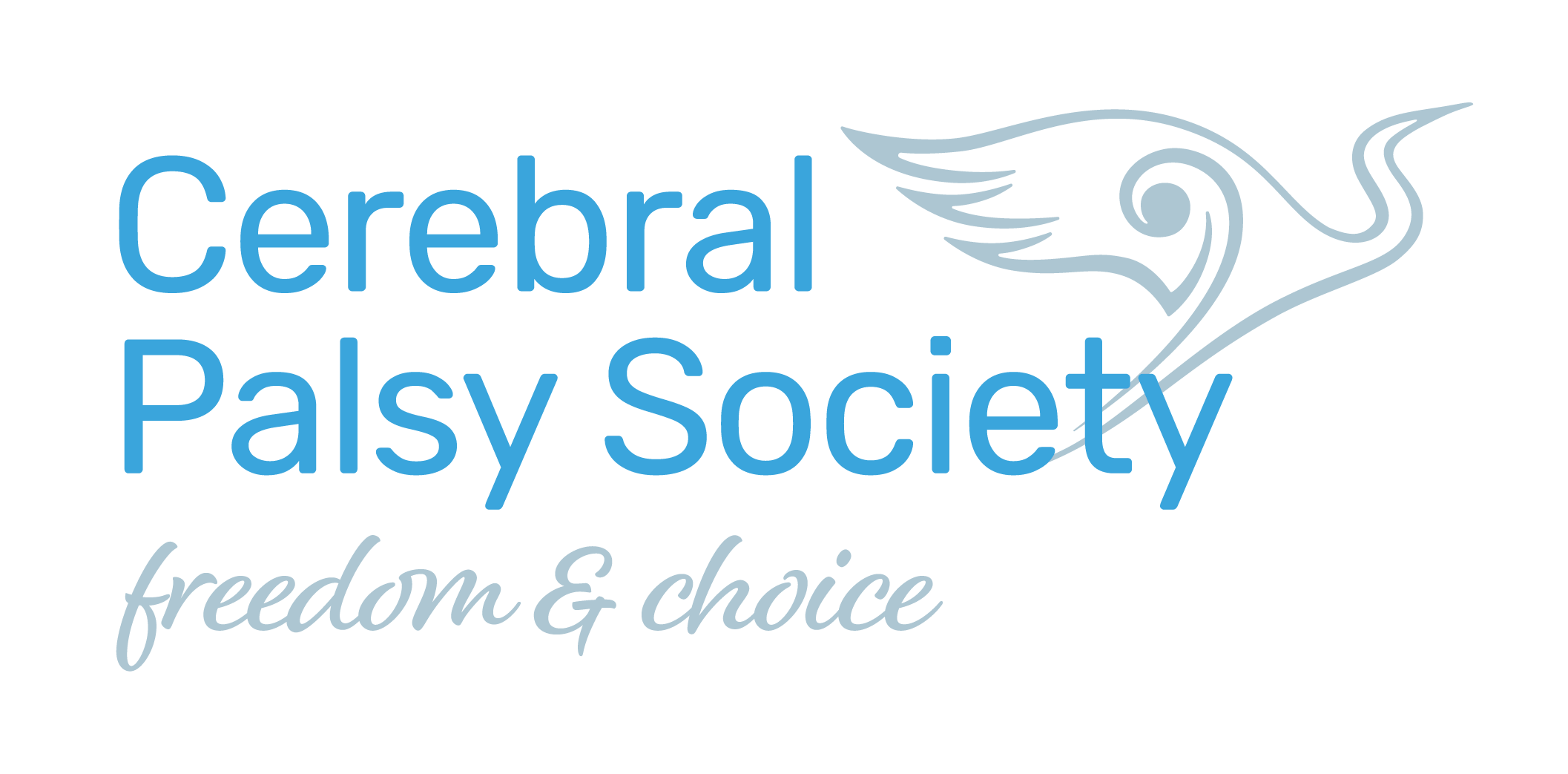Research
Understanding fatigue in disability: Insights and strategies
11 Oct 2024
Defining tiredness, fatigue and exhaustion

By Amy Hogan and Georgina Henry
Tiredness, fatigue, and exhaustion are terms often used interchangeably, but they represent different levels of energy depletion.
- Tiredness is a common feeling that generally resolves with rest.
- Fatigue is a more profound and persistent state of exhaustion that can significantly impact daily life.
- Exhaustion is the most severe form, often resulting from prolonged fatigue and affecting both physical and mental well-being.
Clinically, fatigue is described as a prolonged state of tiredness that is not fully alleviated by rest and can affect the ability to do the things and cause an emotional or psychological distress (Kaasa et al, 1999).
This involves a mixture of physical and psychological experiences that can have different degrees of intensity. It can be acute or chronic.
Chronic fatigue generally lasts more than six months and is often linked to various health conditions.
This distinction is crucial as fatigue is frequently misunderstood. It is often mistaken for mere tiredness or a lack of motivation, rather than a serious health issue that needs attention.
Science has had a reason to focus on fatigue in the last few years in terms of management and intervention. Recent developments have shed light on the connection between fatigue and contemporary health issues such as long COVID and Mast Cell Activation Syndrome (MCAS).
Long COVID, characterized by persistent fatigue, has become a major concern, impacting individuals long after the acute phase of the illness.
Similarly, MCAS, where mast cells become inappropriately activated, can lead to debilitating fatigue as a key symptom.
Long COVID and the long-term immune responses can include changing and fluctuating energy levels or “crashes”. The connection between long COVID and neuromuscular disabilities like Cerebral Palsy are beginning to be studied and researched.

It is important to keep an eye on how low or high your ‘energy battery’ is for the day, week or month.
Fatigue and Cerebral Palsy
Cerebral Palsy (CP) – Hōkai Nukurangi is a neurological disorder that affects movement and coordination. Those living with CP need to use considerable energy to achieve daily tasks because the muscles and joints move in different ways and may tire more easily when managing spasticity. People with CP often experience fatigue more intensely than those without the condition.
This increased fatigue is linked to several factors, including muscle spasticity, the high energy cost of movement, and the mental effort required to manage daily tasks.
Some of the experiences of fatigue that are specifically important for CP include:
- Increased muscle and posture pain
- Difficulty with fine motor and movement tasks such as using utensils and swallowing
- Difficulties with emotional regulation and sensitivity
- Changes in speech and communication patterns.

These can occur when somebody is simply tired and needing to go to bed to rest, but symptoms can be more pronounced when fatigue is over a long period of time.
While clinical definitions exist, people’s experience of fatigue is often explained and articulated in multiple ways and terminology.
Individuals living with CP often experience higher levels of fatigue without necessarily addressing it as a direct part of their experience of the condition. For example, the diagram below shows why regaining energy through rest can be difficult in these circumstances. Much energy is expended, and it can be difficult to regain it through sleep.

It can be difficult for people with neuromuscular conditions to regain and retain energy.
It can be difficult for people with neuromuscular conditions to regain and retain energy.
Studies show that individuals with CP expend more energy on everyday activities compared to their peers, which contributes to greater levels of fatigue. However, how fatigue is defined, or how lived experience of fatigue is described, can differ greatly between studies and the group they are talking about.
Diagrams illustrating the energy required for tasks in CP patients highlight the disparity in energy use, underscoring the challenge of managing fatigue.

Practical Elements
Physical Considerations: Managing fatigue involves addressing physical challenges such as muscle spasticity and weakness. Strategies include physical therapy, adaptive devices, and techniques to reduce the physical effort required for daily tasks. However, as a general rule, being aware that the way people move with CP can increase fatigue is an important starting point, learning how to adapt to your body’s rhythms, and building up stamina with gentle exercise.
Environmental Considerations: The environment can greatly impact fatigue levels. Adapting living spaces to reduce physical strain, such as using ergonomic furniture and ensuring accessibility, can help alleviate some fatigue. The environmental consideration for fatigue can be built into health reviews like the Needs Assessments or when you are rearranging the house, e.g. selecting chairs.
Social Considerations: Social support plays a vital role in managing fatigue. Encouraging open discussions about fatigue and offering emotional support can help individuals cope with the social and psychological aspects of their condition. However, members have told us that social connections or being extra busy outside of school or work can also be draining, because socialising can heighten fatigue around communication. Therefore, building in quieter weekends or after school activities is important to both the individual and their caregiver.
Routine and Rhythm Considerations: Establishing a consistent daily routine can be beneficial. This includes setting realistic goals, incorporating rest periods, and balancing activity with relaxation to manage fatigue more effectively.
You could also consider this a collection of possible tips. Sometimes, everyday life is too busy and frantic for a consistent routine. But, having the goal of routine in mind or trying to have a regular sleep and waking time can be beneficial for managing CP.

Latest Research
Recent research indicates that adolescents with CP experience fatigue at greater levels than their peers without CP. Adolescents require more sleep in general due to their growth rates and unique physiology, and the interplay with CP means that fatigue is a common complaint. This is particularly the case when going through regular routines like school and extracurricular activities. Understanding the common causes of fatigue amongst CP e.g. posture, movement, and movement discomfort, can help sustain energy reserves (Brunton et al, 2021).
Similar studies have found that fatigue is present amongst adults living with CP. There has been work to look at fatigue across the day and the different ways to measure patterns amongst adults. While people experience fatigue differently, researchers have identified patterns in how fatigue affects different levels of motor function. For example, people who were ambulatory experienced a fatigue pattern that differed from those who were using wheelchairs. The hope is to get a real-world sense of fatigue and effective strategies for adults that may not be connected to the health system (Verschuren et al, 2022).
Where to Get Support?
In New Zealand, we have a number of resources about understanding and making sense of fatigue. For example, one available on the Healthify website is https://healthify.nz/tools/t/te-kete-haerenga-and-fatigue/. This covers a range of practical techniques and ways to talk about fatigue with friends, family, and medical professionals at different stages. These resources are designed to be worked on individually or as part of a toolkit.
Fatigue is a significant issue for individuals with disabilities, particularly those with Cerebral Palsy. By understanding the differences between tiredness, fatigue, and exhaustion, and recognizing the practical elements that influence fatigue, we can develop more effective management strategies. Staying informed about the latest research and accessing support resources can help individuals improve their quality of life and better manage fatigue.
If you would like further information, feel free to contact me at amy@cpsociety.org.nz.
* This article was adapted from presentations at the 2024 AusACPDM conference highlighting latest research in Cerebral Palsy – Hōkai Nukurangi.
 * Georgina Henry is a Research Assistant at the Cerebral Palsy Alliance.
* Georgina Henry is a Research Assistant at the Cerebral Palsy Alliance.
 * Amy Hogan is the Cerebral Palsy Society’s Researcher and Member Support Advisor.
* Amy Hogan is the Cerebral Palsy Society’s Researcher and Member Support Advisor.
For more information:
Melanie Louden
Communications Manager
melanie@cpsociety.org.nz
Mobile: 022 087 819

